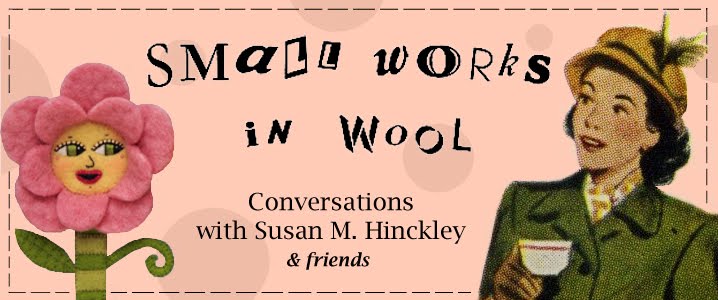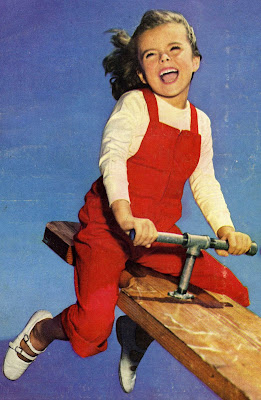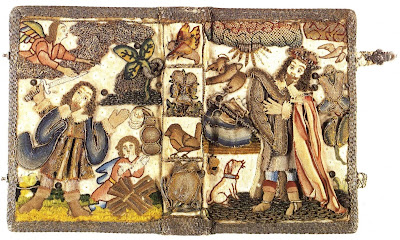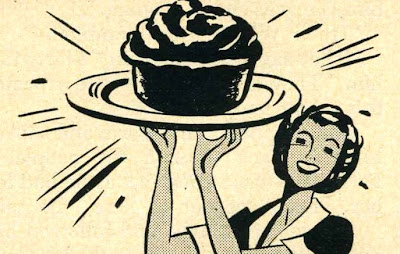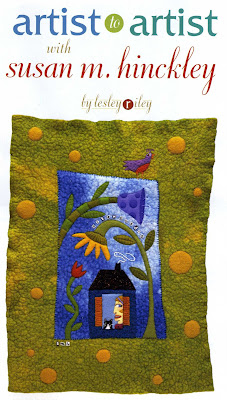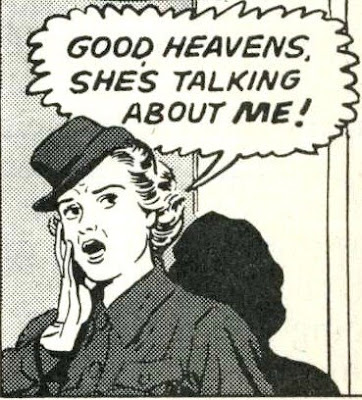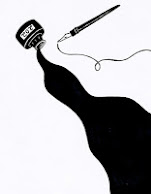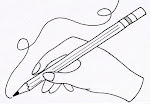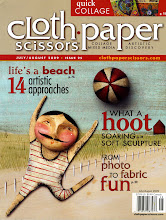During a lull in the garage sale while Lindsay and I were wracking our brains over a shared NY Times Sunday Crossword, I happened to look up and see our neighbors across the street (who I must admit I don't know well) sharing a long embrace in the side yard. I commented that it seemed a little odd in its longness, and then Lindsay said, "Well, she's absolutely sobbing."
Then we could see that they were looking at something in the grass, and I flashed back to the night before, when I was working in the garage. I had heard her calling for the kitty and shaking a treat box over and over.

I had smiled to myself, transported back to my own dear, long-gone Tabby who would come like a grey-and-white streak whenever she detected the slightest movement of the treat box.
And I knew whatever they were looking at and/or crying about couldn't be good.
Which then flashed me back to the night before that, when I had officially met their 5 year old daughter for the first time while we were at the park walking Cooper. She was at the park in her jammies (isn't it fun to be 5?) on a walk with her daddy and she let the enormous Cooper literally jump all over her, utterly fearless.
Then she threw the ball for him (about 2 feet) which he was very excited to fetch over and over (because even 2-foot-fetch is a game, and Cooper loves a game).

So I asked her about whether she had pets and she told me all about her two kitties, their names and personalities and all the funny details of a 5 year old's world.
Of course Saturday when I saw my neighbor mowing I went over to ask about what had happened. He said that both cats had gone missing. First one, then the next night the other, and then he dropped the third bombshell -- coyotes.
No way.

Seriously? Coyotes?
In our neighborhood?!
And he said that the police told him we were having a coyote problem and that they had obviously staked out the house and picked off the cats one by one.
You just never know what's out there, do you?
And then Jean Matzke.
Hannah and I were chatting away while the news was on and paying no mind to the story of the woman who was killed while walking her dog . . . until the camera shifted to a fiber art exhibit and I was immediately riveted and then my brain went back and pieced together what I had half-heard and it was true: Jean Matzke was hit by a garbage truck while walking her dog early Friday morning
in St. Paul.
A fibersong silenced --
a hole in the art community
that will not be mended.
I didn't really know Jean at all, although I had enjoyed her pieces in my Fiber Arts Design Books, and I had met her on several occasions at the ACC shows. Jean's work was interesting and beautiful and she was always so pleasant to talk with.
 "Nude Speaking Her Mind", 18.5" x 34", Jean Matzke
"Nude Speaking Her Mind", 18.5" x 34", Jean MatzkeI spent time in Jean's booth poring over her meticulous embroideries because they were splendidly executed, of course, but also because I was fascinated that while we were both embroiderers telling small stories in thread, our stories were so vastly different.
When Michael Jackson died, I stopped for a moment and thought "Oh my" and remembered 11th grade and standing in line to get the "Off the Wall" album and then listening to it every waking moment for the next year or so, perfecting dance moves in my bedroom in front of a full-length mirror with my best friend . . . it all came back in a flood and I thought "Wow, thanks for the memories".
But when Jean Matzke died, I pondered it in a much more personal way -- somehow the thought of an embroidery artist who spent all her days stitching small, meticulous story pictures in St. Paul (with breaks to walk her dog) just hit so close to home.
So close to who I am right now.
I wanted to stop by her booth one last time. I wanted to thank her for leaving behind her beautiful trail of stitches. I wanted to tell her how sorry I am that there won't be more.
And I wanted to warn her about coyotes. And other dangers.

My mother always says,
"We worry about the wrong things."
 "Fall at 5", 10" x 12", Jean Matzke
"Fall at 5", 10" x 12", Jean MatzkeBad is never good until worse happens.
